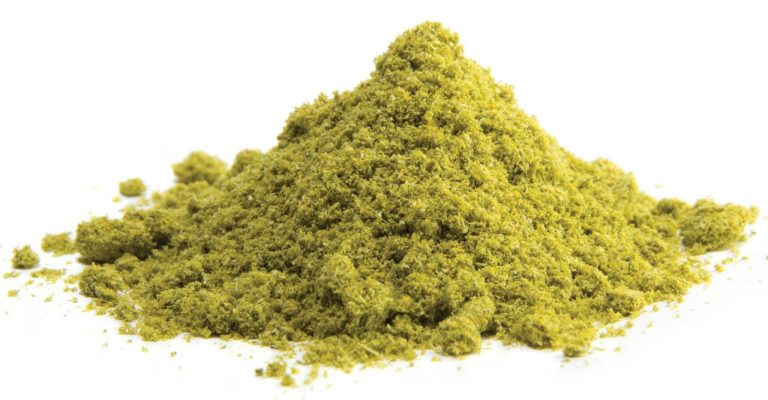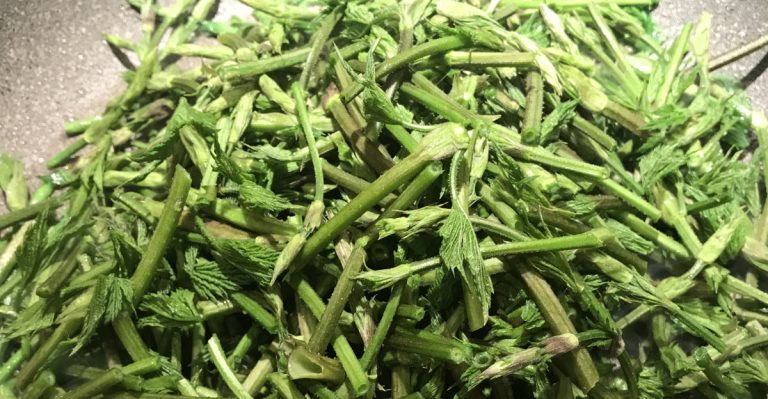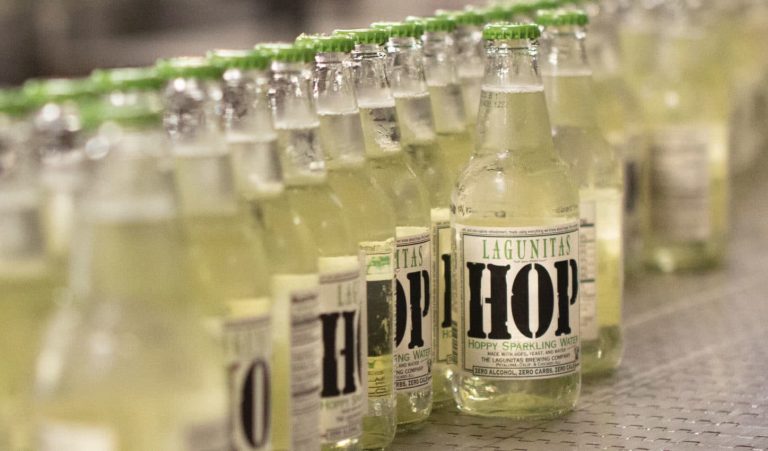Potential Infection Points During Home Brewing
Lately I had a rash of infections plaguing a couple of my home brews. At first, it wasn’t obvious that I was dealing with infections because the off-flavors were minor. I couldn’t tell if I had astringency issues, sulfur buildup or something else entirely.
Any home brewer will automatically look past the infection diagnosis because we all feel we know better than to let an infection happen. However, let this article be a cautionary tale for anyone who feels that way.
Infections don’t usually happen to experienced home brewers because we get sloppy, however after a few beers – that has been known to happen on occasion. Instead, these infections are caused by minor details overlooked in the grand scheme of brewing your beer.
The Taste of Infection
“What does an infection taste like?”
This question is at the crux of why most home brewers automatically throw out the notion that an infection has happened to them. And it’s due to the fact that there is no solid answer to that question.
Tart. Sulfury. Buttery. All these off-flavors have been used to describe infections, and because they are so wildly different, I think most of us overlook this option in favor of something more concrete.
As you’ll see below, infection is best determined by the process of elimination. You have to eliminate all other causes before coming to the conclusion that an infection is the cause of the off-flavor that’s baffled you for weeks.
The Bad Guys
Lactobacillus, Pediococcus, and wild yeasts including Brettanomyces are typically the tiny organisms that cause infections in beer. Each of these organisms have their own preferred environments to thrive in, including pH, nutrient levels and temperature.
Lactobacillus
Lactobacillus is a bacterium that is commonly found in yogurts and sourdough breads. Like brewers yeasts, Lactobacillus metabolizes sugars as the main source of energy, but, unlike beer yeast, it produces lactic acid instead of alcohol. Lactic acid can be useful in some brewing applications, but commonly it manifests itself in sour and tart off-flavors that do not go away.
Now of course, sometimes brewers purposely dose their beer with Lactobacillus strains when making a sour beer, but those strains of bacteria are usually specially selected by chemists and used at specific rates to ensure they get the exact flavor they want.
Lactobacillus bacteria grow best in environments with a pH value of 4.0 to 5.0 and a temperature of roughly 86-104 °F (30-40°C). Some species of Lactobacillus have a high tolerance for the presence of hop compounds and can also survive under anaerobic conditions. Their preferred pH range corresponds nicely with a finished beer’s pH (4.5-4.6) and their optimal temperature is close enough to the common ale yeast fermenting range of 60-75 °F — even closer if you’re using Kveik.
Add this all up, and your newly created wort is the perfect habitat for Lactobacillus bacteria.
Beer with a serious Lactobacillus infection will often become hazy, but for me this was a hard diagnosis as I almost always brew New England IPAs. Chill haze is also a common “problem” among home brewers, so while this may be a tell-tale sign of a Lactobacillus infection, it is hard to identify with most modern home brews.
If you’ve packaged your beer and kept it cold hoping that the flavor has matured out, but it doesn’t – look no further than these bacteria. As the temperature drops to refrigerator levels, lactobacillus begin to go dormant, making this off-flavor stay at a steady amount for the life of the brew.
Pediococcus
Pediococcus is also a form of lactic acid bacteria. This bacterium thrives in the same low pH and middle temperature range as its cousin Lactobacillus. Because of this, most of what we wrote about above, applies here as well.
In addition to creating tart or sour flavors, Pediococcus bacteria is also known to also create diacetyl, which manifests itself as a “buttered popcorn” flavor that is unmistakable as an infection.
Of the 16 recognized species of this type of bacteria, Pediococcus damnosus is by far the most commonly encountered beer contaminant, likely because it has evolved to have a tolerance to hop iso-alpha acids that are usually anti-bacterial in nature.
Wild Yeast & Brettanomyces
For centuries, home brewers have used wild yeast to create farmhouse style beers. This was actually the common way of brewing until the commercialization of the brewing industry started.
Brettanomyces is probably the most known wild yeast strain, but there are others – and not all create beers that are enjoyable. The commercially available strains of Brett yeasts are Brettanomyces bruxellensis and Brettanomyces lambicus. If you’ve ever had a sour beer, you know the type of sourness that one can expect from these types of yeasts.
Some wild yeast that are not your field will contribute a medicinal taste that many describe as chewing on a band-aid. Yuck.
Process of Elimination
Many of the off-flavors produced by bacteria and wild yeast are similar to other problems. Sour and tartness are often confused with astringency. Sulfur tastes can come from a number of places, but can sometimes be controlled with copper.
Medicinal flavors often are generated from good beer yeast who are simply unhealthy.
The best write-up I’ve found that describes all the off flavors in beer with their potential causes and fixes is from Kegerator.com.
Common Infection Points
Ok, so you’ve tried to eliminate all other causes of an off flavor, and you’ve settled on an infection. What can be the cause of it? Well, I’m ignoring all the obvious places where an infection can occur:
- Not sanitizing everything after boiling the wort
- Keeping the fermenting beer closed and away from the open air
This list is meant to help homebrewers identify when they may be unknowingly introducing an infection to their beer. It was the last one that I finally identified as my problem.
Water Top Off
If you do any sort of extract brewing, you may come across a situation where you boil the extract and/or specialty grains in a smaller amount of water than you need for your final batch. The instructions on many of the extract kits say “top off with cold water until you reach 5 gallons”. What they don’t commonly tell you is that you need to boil that water first if you are pulling it from the tap. To be safe, I’d boil any water – no matter if it was distilled, RO or tap… better to be safe than sorry when topping off your water.
Spigot Crevasses
I found this out the hard way. I thought a thorough soak in StarSan would do the trick, but I was wrong. Two straight infections later, I realized that I should be removing and boiling the spigots on my Delta FermTank. My guess is that the connections on the spigot just are too small for the sanitizing liquid to permeate effectively.
Scratched Fermentation Bucket
Did you know that while plastic fermentation buckets are super convenient and cheap to use, they also pose a major risk for infections? Unfortunately, even a small scratch in a plastic bucket can harbor bacteria that are very difficult to remove. Even thorough cleaning with a sanitizer such as StarSan may not rid the bucket of contaminants.
Plastic buckets scratch any number of ways. There are the obvious gouges, but even lightly abrasive scrub brushes that are meant to clean sometimes create miniscule scratches that you can’t see, but bacteria love.
Question: is reusing an old $20 bucket worth risking ruining $30-$50 worth of ingredients? Didn’t think so.
Pro Tip: Move on from your plastic buckets to a steel fermenter.
Fittings, Gaskets and Tubes
While stainless-steel and other metals are largely impervious to infection if properly sanitized, it is possible for your fittings, gaskets, valves, pump heads, and tubes to harbor bacteria. Disassemble kegs, siphons and valves before each brew and properly sanitize. Don’t ever assume that just because it’s hard to remove or clean that bacteria won’t be in there.
This is one of the reasons triclamp connections are so popular with home brewers. They are a snap to take a part and clean.
Old StarSan
I’m embarrassed it took me so long to find this one.
My first couple home brews I stirred up a new batch of StarSan for each one. However, I realized that I was going through my 32oz StarSan at an alarming rate and realized that I could just reuse it. If it still smelled like StarSan I was reusing it. If it got mucky or hazy, I’d toss it and whip up a new batch. Little did I know this would be my downfall.
The appearance of your mixed StarSan solution should be clear and the pH should be at 3.5 or lower. When the Star-San gets cloudy, the detergent is becoming ineffective and the Star-San solution won’t kill properly. Don’t assume that cleanliness or smell indicates the StarSan is still in working condition.






